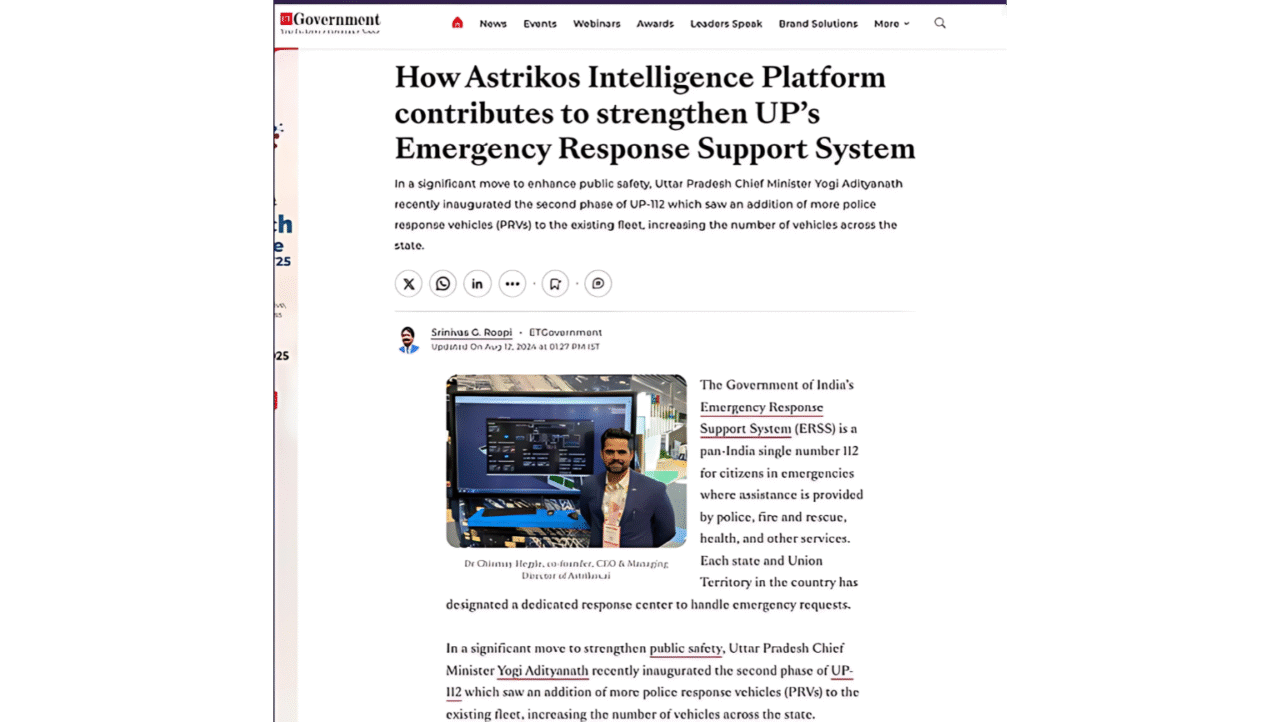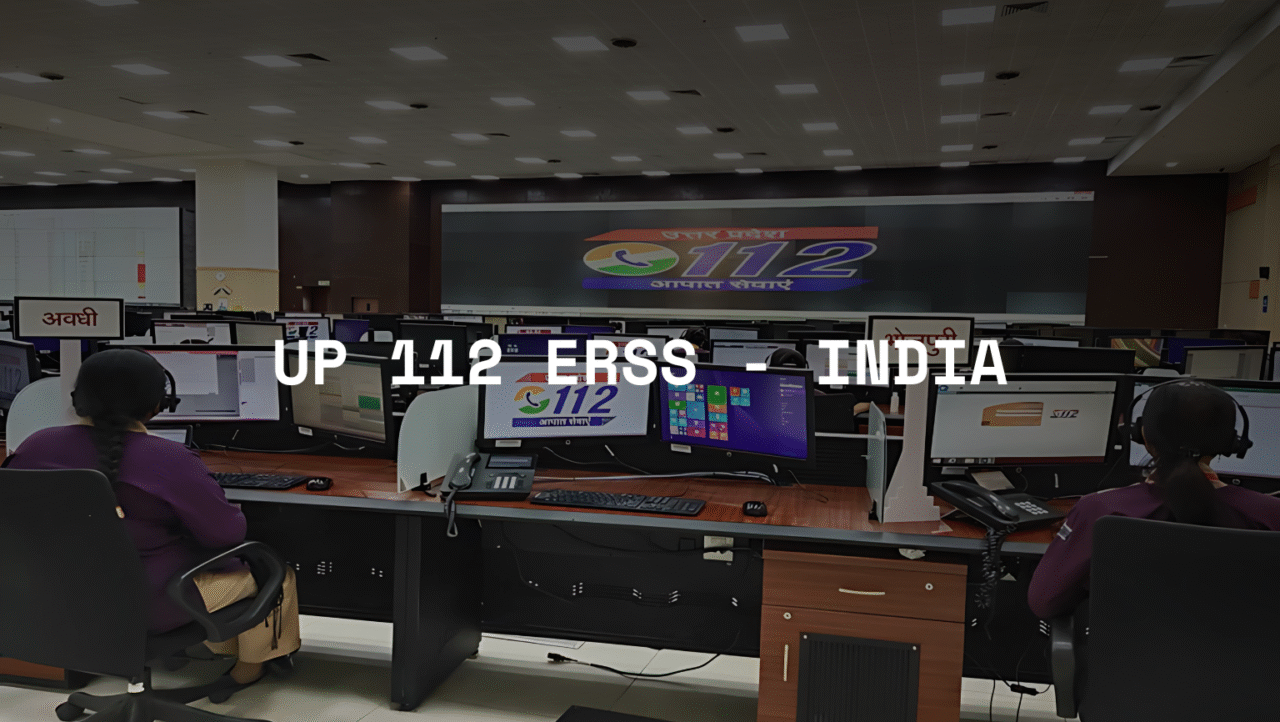With a population exceeding 270 million, Uttar Pradesh is the most populated State in India and is leading the way in public safety by pioneering the Next Generation ERSS – Dial 112 (Emergency) or UP 112. The Project marks a critical advancement in the evolution of emergency response systems in India, demonstrating the immense potential of AI in addressing complex challenges in public safety and emergency management.
Astrikos’ Collaborative Business Intelligence Platform for the Emergency Response Support System is focused on achieving the objectives
Astrikos’ Scope Of Work
- Aggregated Data Intelligence & Data Quality Enhancement
- Incident Anticipation & Optimal Resource Deployment
- Incident Trends & Risk Terrain Modelling
- Emergency Trend Pattern Analysis and Forecasting
- First Responder Response Time Analysis and Optimization Advisories
- CXO level Dashboard for Aggregated Business and Data Intelligence
- District/Zonal/Territorial Performance Ranking
USE CASE
Fleet Management
Waste Disposal
CCTV Surveillance
Emergency Medical
Vehicle Tracking
Customer Support
Logistics
Shipping Security
Smart Grid
Smart Building
Smart Lighting
Wireless Network





